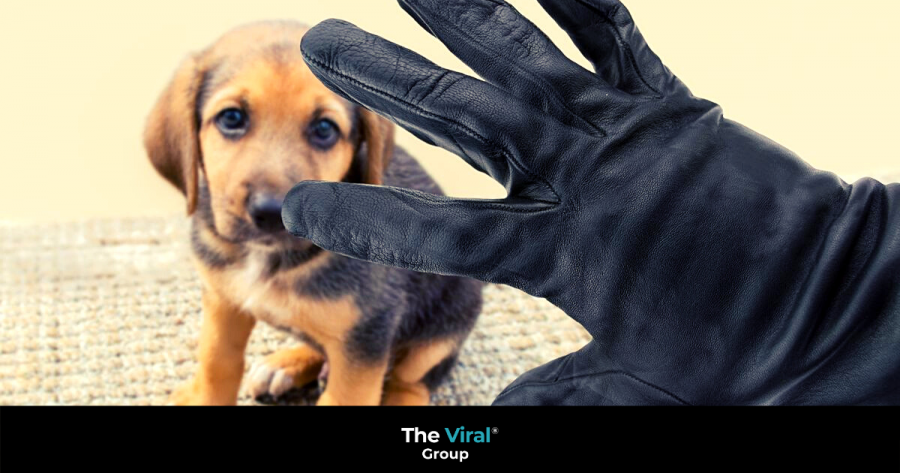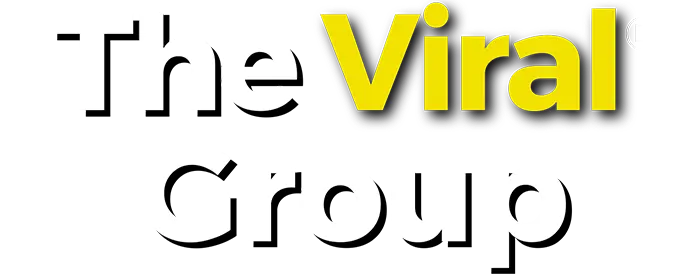
Dognapping up 19%; How to Keep Your Pooch Safe & a List of at Risk Breeds
There’s another pandemic hitting the streets of Britain in the form of dognapping. Since the first lockdown in March 2020, the number of pooches being stolen has increased by a fifth, with up to seven pets being reported as stolen every day.
Sadly only 22% of stolen pooches have been reunited with their owners in the last year and the problem looks set to continue because experts believe that soaring puppy prices are driving the surge in dognapping.
As restrictions ease and people begin to return to work, dog owners are being urged to be extra vigilant and keep microchip details up to date.
Madeline Pike, Veterinary Nurse for Direct Line Pet Insurance, said: “It’s incredibly sad to see the number of dog thefts rising by such a large proportion in 2020.”
“Unfortunately, it seems the increase in dog ownership over lockdowns has also translated to a rise in dog thefts, as thieves know how valuable some of these breeds can be and see them as a commodity rather than a beloved member of the family.
“The worry is these numbers will increase even further this year once dogs are left alone more as restrictions ease and we return to a new ‘normal’.
“Taking simple precautions like not leaving your dog tied up outside a shop or keeping it on the lead when in busy areas, will help reduce the likelihood of being targeted, while making sure microchipping contact details are up to date can help identify a dog if it is stolen and handed in.”

How Can You Prevent Your Dog From Being Stolen?
According to the Blue Cross, you should:
- Try not to leave dogs tied up outside of shops and schools.
- Don’t leave your dog alone in a car – even for the shortest amount of time.
- Microchip your pooch and keep your details up to date. By Law dogs must be microchipped by the time they’re 8 weeks anyway.
- Ensure that your dog is wearing a collar and an ID tag with your name and address on it at all times, especially when leaving the house, but avoid putting the dog’s name on it.
- This goes without saying really, but take lots of pics of you and your canine companion, just incase you ever need to prove you own him/her.
- Try not to leave dogs unsupervised in gardens and make sure the boundary is as secure as possible. Consider fitting bells and things that make noise to points of entry.
- Beware of strangers who ask questions about your dog.
- Mix up your routine – walk your dog at different times so that thieves can’t follow your whereabouts.

What to do if Your Dog is Stolen?
- Report the theft to your local council’s dog warden as quickly as possible.
- Visit dog walking hot spots and make other people aware of what’s happened. Ask them to be vigilant.
- Call the police and notify them that your dog has been stolen. Insist that they record it as such and not a lost animal. Ask for a crime reference number.
- Report the theft to the microchip database.
- Make posters and plaster them everywhere. Include a clear photo, details and the circumstances surrounding the theft.
- Inform local vets.
- Post your posters on social media and make your pooch too hot to handle.
What Are The Most Targeted Breeds (percentage change)
- Staffordshire bull terrier
- 9% Crossbreeds -31%
- Cocker Spaniel 26%
- Bulldog 23%
- Labrador 189%
- Jack Russell 92%
- Border collie 54%
- Springer spaniel 333%
- Chihuahua -76%
- French bulldog -33%
Losing a pet due to dognapping or other reasons can be extremely traumatic. Blue Cross operates the national Pet Bereavement Support Service which can be contacted on 0800 096 6606 (8.30am – 8.30pm) or by email: pbssmail@bluecross.org.uk.
To view more of our interesting, funny and local articles – click here.





